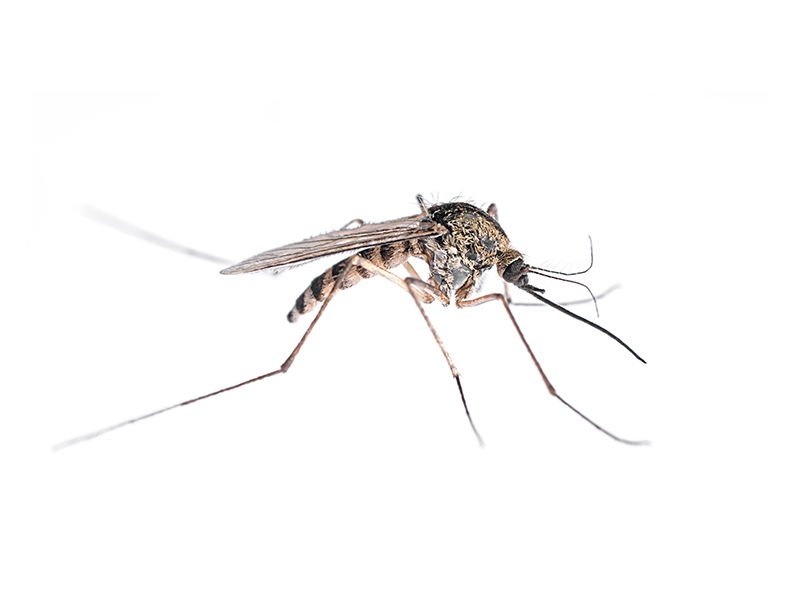Stop pests with professional Pest Control extermination today.
Stop pests with professional Pest Control extermination today.
Blog Article
Eco-Friendly Pest Control Approaches for Taking Care Of Wild Animals in Urban Locations
Urban areas often locate themselves at the intersection of human task and wild animals, leading to special difficulties in insect management. These strategies not just secure the atmosphere but also boost area involvement in wildlife administration. As urban populaces proceed to expand, understanding the characteristics of wild animals interactions becomes progressively crucial.
Understanding Urban Wildlife Dynamics
Recognizing Urban Wildlife Characteristics is vital for creating effective and eco-friendly bug control approaches. Urban locations are increasingly coming to be environments for various wildlife varieties, driven by elements such as environment fragmentation, food availability, and human infringement. Recognizing these dynamics enables for a nuanced strategy to pest administration that straightens with environmental principles.
Urban wild animals often consists of species such as raccoons, squirrels, and birds, which adapt to city settings, finding particular niches in green rooms, parks, and also houses. Their visibility can bring about problems with human beings, particularly when they manipulate human sources for food and shelter. Comprehending the behaviors and eco-friendly duties of these species notifies strategies that minimize negative communications while promoting biodiversity.
In addition, recognizing the interdependencies within urban ecosystems assists in recognizing essential areas for environment conservation and remediation. This understanding adds to the growth of integrated insect administration (IPM) methods that think about the environmental equilibrium, therefore reducing reliance on damaging chemicals. By promoting conjunction in between human beings and city wild animals, cities can develop much healthier settings that profit both homeowners and neighborhood ecosystems, paving the way for sustainable urban living.
All-natural Repellents and Deterrents
Natural repellents and deterrents use a lasting option to traditional insect control techniques by utilizing the power of nature to keep unwanted species away. These eco-friendly solutions typically make use of plant-based active ingredients, crucial oils, and various other naturally occurring substances that hinder parasites without hurting the atmosphere.
One effective all-natural repellent is peppermint oil, which is understood to ward off rodents and pests. Its solid fragrance is unpleasant to several parasites, making it a prominent choice for city setups. Vinegar and citrus peels can offer as deterrents, as their strong smells are commonly unattractive to various wildlife.
Additionally, diatomaceous planet is a natural powder that can be spread out in locations susceptible to pest activity, efficiently dehydrating and preventing insects without posturing risks to non-target varieties. In addition, garlic sprays and neem oil are acknowledged for their capability to fend off a large range of parasites, including both pests and larger wildlife.
Implementing these natural repellents not only minimizes dependence on chemical pesticides yet additionally advertises a much healthier urban environment, fostering a much more well balanced conjunction between people and wildlife. By using these strategies, urban areas can effectively take care of pest populations while minimizing ecological influence.
Environment Modification Strategies
Effective habitat modification methods play a crucial function in sustainable bug monitoring by modifying the environment to make it much less for pest invasions. By comprehending the environmental characteristics of metropolitan areas, residential property proprietors can implement strategic adjustments that deter pests while advertising biodiversity.
(Bat Removal)One key method includes keeping correct sanitation. This includes routine waste elimination, safeguarding garbage can, and eliminating standing water to reduce breeding websites for pests and rats. Additionally, landscaping methods such as picking native plants can improve ecological balance, supplying habitats for valuable microorganisms while lessening resources for pests.
One more important approach is to secure access factors in structures. Examining and fixing cracks in foundations, walls, and home windows can substantially minimize insect gain access to. In addition, developing physical barriers, such as fences or plant barriers, can hinder wild animals motion right into human-inhabited locations.
Integrated Pest Administration Practices
Building upon environment modification methods, incorporated parasite administration (IPM) practices offer a holistic technique to managing parasite populations while minimizing ecological impact. IPM incorporates different methods, consisting of biological, social, mechanical, and chemical controls, to accomplish reliable insect administration.
Organic control includes the intro of natural killers or bloodsuckers to minimize parasite populations. Social techniques, such as crop turning and sanitation, interfere with pest life cycles and Recommended Site lessen their habitats - Pest control service. Mechanical controls, like traps and obstacles, offer prompt relief from parasite pressures without chemical treatment
Chemical controls are used as a last resort, concentrating on targeted applications that restrict harm to non-target varieties and the atmosphere. The option of eco-friendly chemicals, when necessary, is important to the IPM structure. In addition, checking pest populations and analyzing possible damages helps notify decision-making, ensuring that interventions are prompt and efficient.
Neighborhood Involvement and Education

(Mouse Control)Workshops and educational sessions can furnish citizens with expertise about indigenous species, habitat conservation, and efficient non-toxic insect monitoring methods. Partnership with institutions, regional companies, and government firms further boosts academic outreach, making sure that vital information reaches varied audiences.
Furthermore, community-led campaigns, such as area clean-up days and environment remediation tasks, not only promote biodiversity but also strengthen neighborhood ties. Pest Control. By motivating citizens to share their experiences and observations, areas can create targeted methods that attend to particular regional pest concerns
Integrating comments from residents into insect management prepares enables a much more receptive and flexible approach to wild animals difficulties. Eventually, notified and engaged communities are vital to accomplishing long-lasting success in environment-friendly bug control, resulting in healthier city atmospheres that appreciate both human and environmental requirements.

Conclusion
In verdict, eco-friendly insect control comes close to deal sustainable solutions for taking care of urban wildlife. By focusing on habitat alteration, using natural repellents, and applying integrated insect monitoring techniques, neighborhoods can foster a harmonious conjunction with regional animals. Involving residents through education and learning boosts understanding and motivates liable wildlife interactions. Eventually, these methods not only protect biodiversity but additionally promote environmental health and wellness, guaranteeing metropolitan locations stay vibrant ecological communities where humans and wildlife flourish together.
Report this page